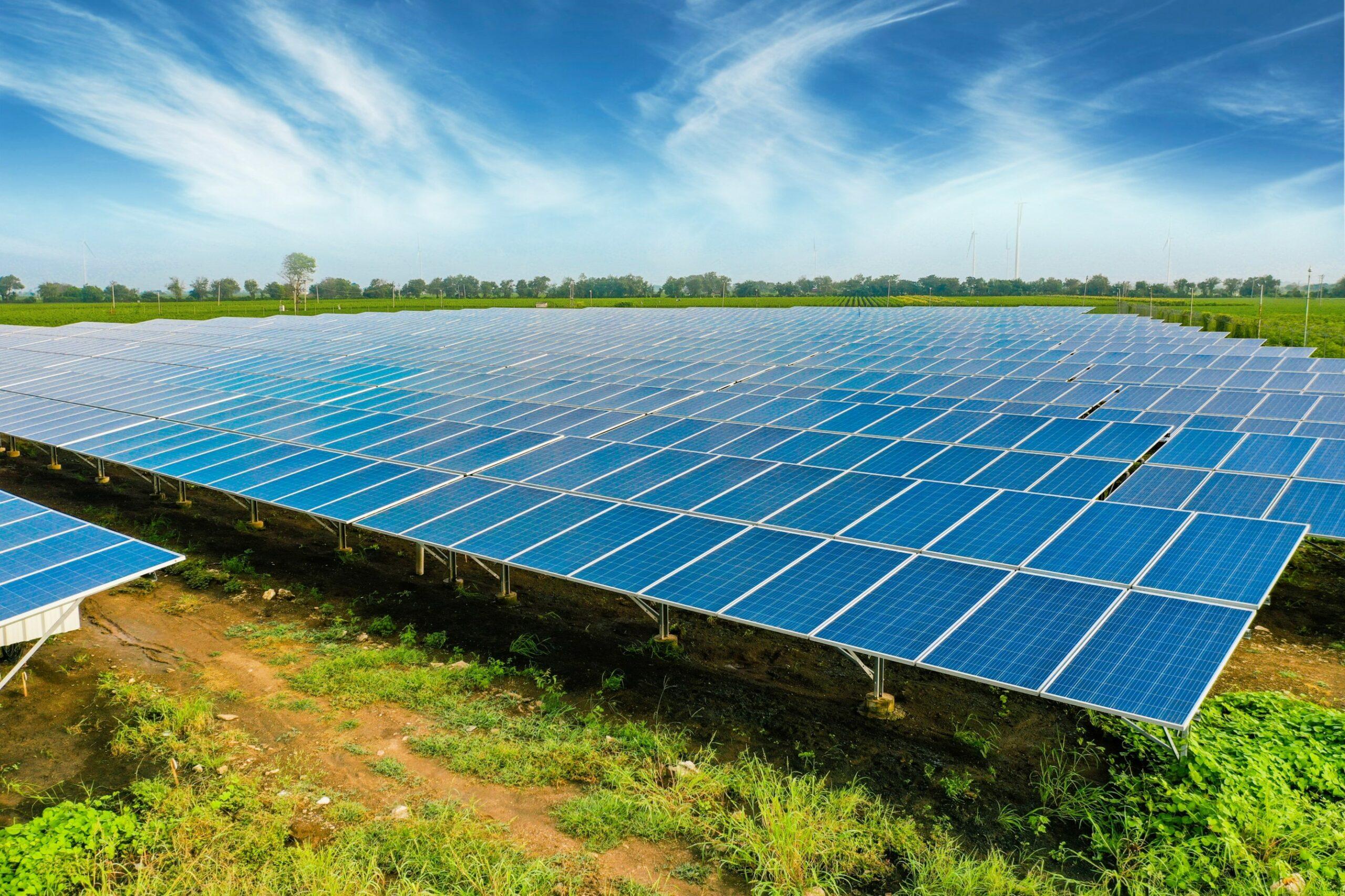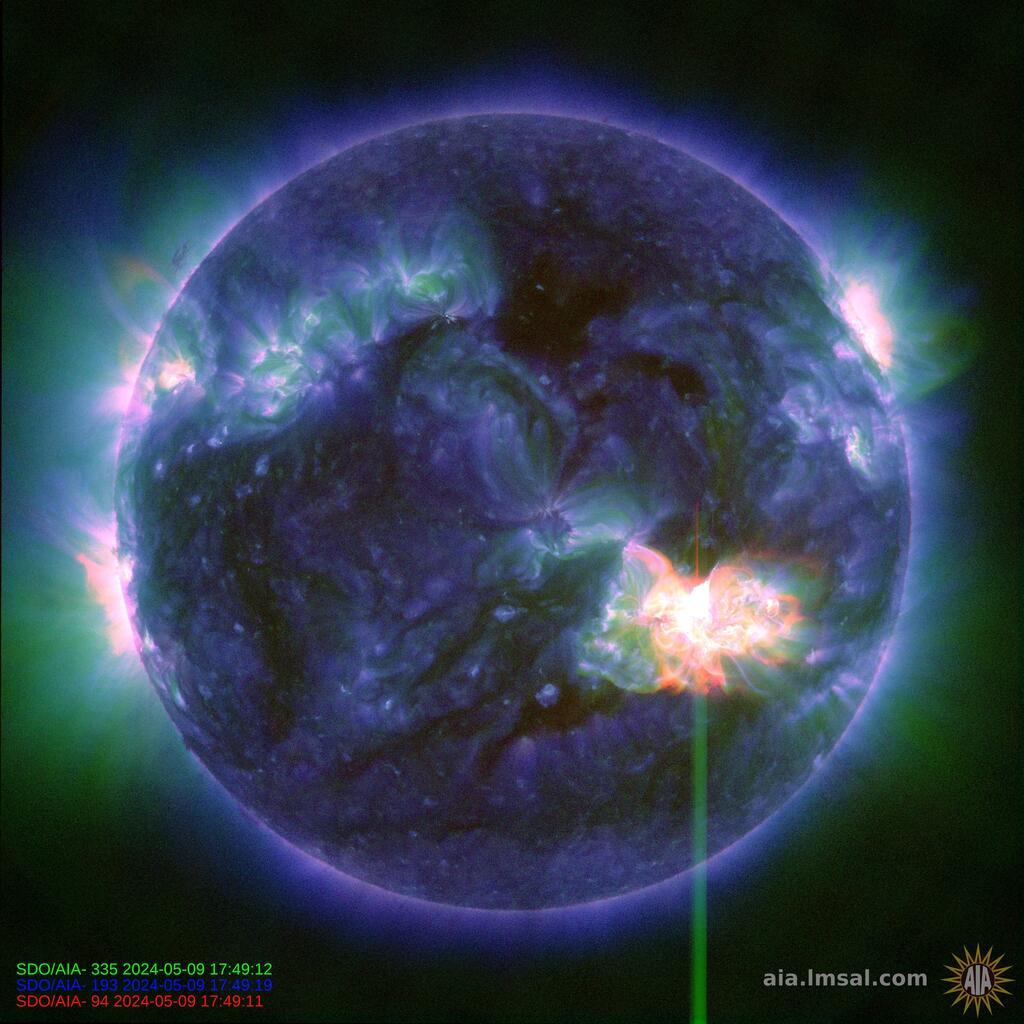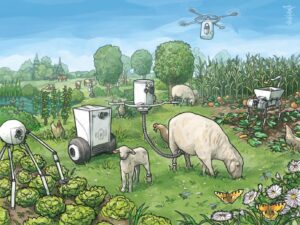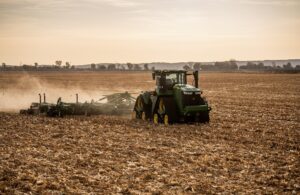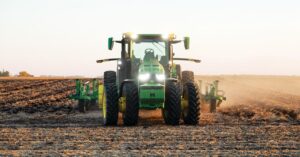A powerful solar storm that swept across Earth this week has triggered widespread technological disruptions, particularly affecting GPS systems and satellite communications vital to modern farming operations. As charged particles from the Sun bombard our planet’s magnetic field, agricultural communities are grappling with compromised precision equipment and automated systems. This celestial event highlights the delicate relationship between space weather phenomena and Earth-based technologies that have become essential to contemporary farming practices. A powerful solar storm swept across Earth’s atmosphere, triggering widespread technological disruptions and raising concerns among agricultural communities. The geomagnetic disturbance, caused by intense solar flare activity, has affected GPS systems, satellite communications, and various electronic devices crucial for modern farming operations.
Several regions reported intermittent failures in precision agriculture equipment, wich relies heavily on satellite positioning for automated harvesting, planting, and field mapping. Farmers utilizing smart irrigation systems experienced difficulties in maintaining optimal water distribution, as the solar interference disrupted the automated scheduling and monitoring mechanisms.
The National Oceanic and Atmospheric Administration (NOAA) recorded significant electromagnetic fluctuations, leading to power grid instabilities in multiple states. These fluctuations have impacted the operation of climate-controlled greenhouses and storage facilities, potentially affecting crop yields and food preservation efforts.
Agricultural experts note that the timing of this solar event coincides with critical planting and harvesting periods in many regions. The disruption of weather forecasting capabilities, which heavily depend on satellite data, has left farmers struggling to make informed decisions about crop management and protection against adverse weather conditions.
The solar storm’s effects extend beyond immediate technological failures. Many farmers report difficulties accessing digital banking services and online trading platforms, complicating their ability to manage financial transactions and commodity sales. This has created additional stress during an already challenging period for the agricultural sector.
Remote monitoring systems, essential for livestock management and crop surveillance, have experienced periodic outages.Farmers operating large-scale operations find themselves reverting to manual inspection methods, significantly increasing labor requirements and operational costs.Scientists predict that these solar disturbances may continue for several days, with potential aftereffects lasting longer. The agricultural community is implementing contingency measures, including backup interaction systems and option navigation methods, to minimize the impact on food production and distribution.
Emergency response teams are working closely with utility providers to stabilize power supplies to critical agricultural infrastructure. Meanwhile,agricultural technology companies are developing firmware updates to enhance their equipment’s resilience against future solar events.
the incident highlights the increasing vulnerability of modern farming practices to space weather phenomena. Industry experts emphasize the need for robust backup systems and alternative operational procedures to maintain agricultural productivity during similar events.
Local agricultural cooperatives are organizing facts-sharing networks to help farmers adapt to these challenges. they’re documenting effective workaround solutions and coordinating resource sharing to support affected members of the farming community.
As the agricultural sector grapples with these unprecedented challenges, the event serves as a reminder of the delicate balance between technological advancement and natural phenomena in modern farming practices.